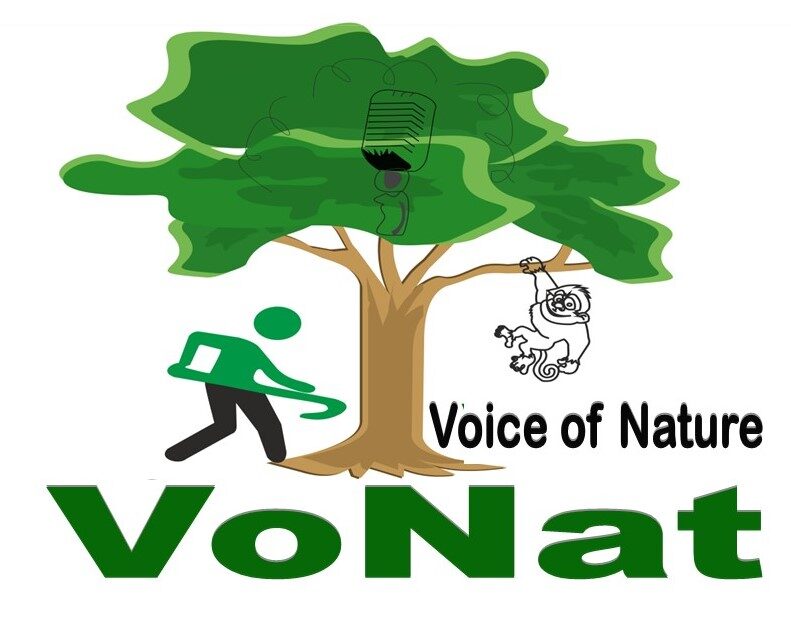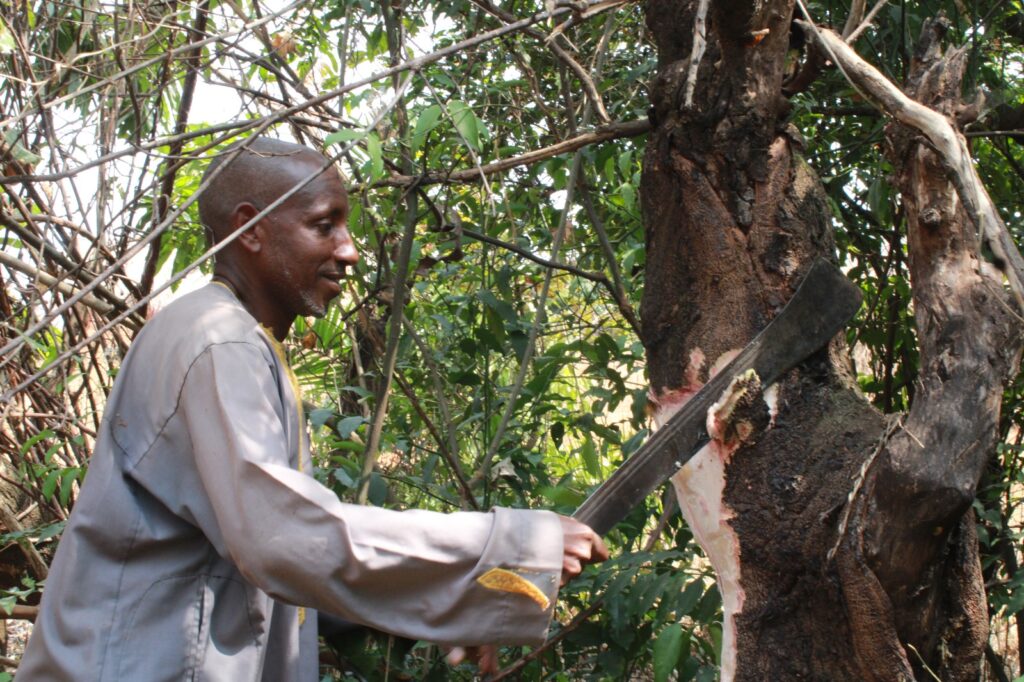Once widespread across the 12,000-hectare expanse of Mount Mbam in Cameroon’s West Region, the African mahogany tree is now increasingly scarce. Prized for its high-quality, reddish-brown timber, mahogany has suffered decades of overexploitation, leaving behind only scattered remnants of what was once a flourishing forest.
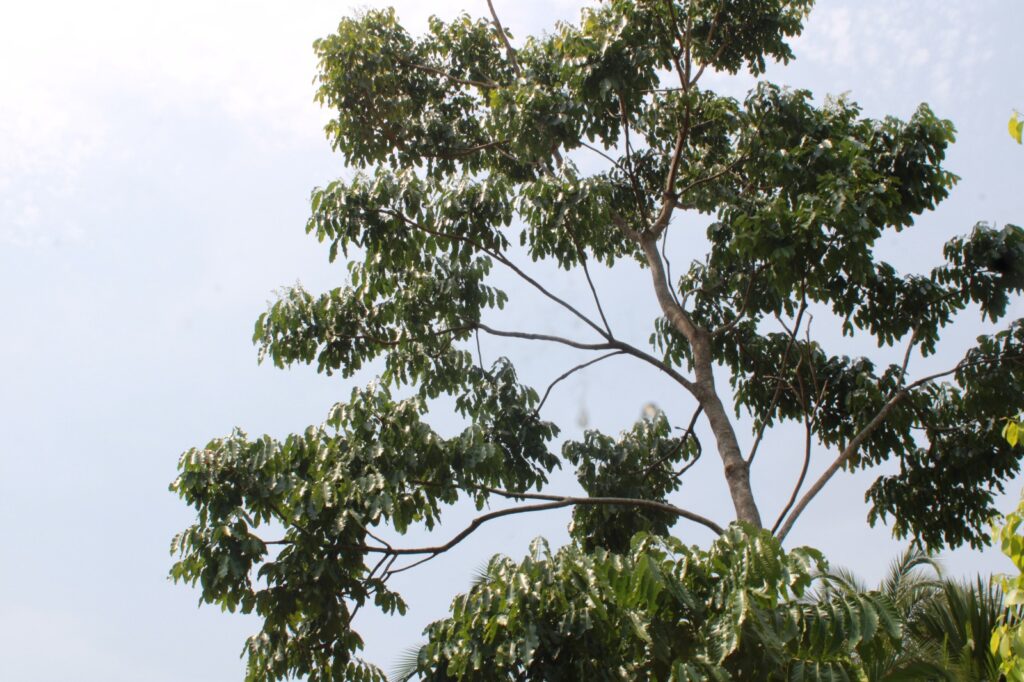
A research team from Voice of Nature (VoNat), who recently conducted a survey in the Mount Mbam Area, shared their dismay, highlighting that they walked through several kilometers across the Mountain and saw only a handful of mahogany trees.
“Very few Mahogany trees were spotted along riparian forests, and mostly smaller ones, which indicates serious depletion,” one of the research team members, Ndimuh B. Shancho, noted.
The disappearance of mature trees is a blow not only to biodiversity but also to local communities who rely on mahogany for shade, food, and traditional medicine. Mr. Amadu Gadere, a 67-year-old native and long-time resident, remembers a time when the tree was abundant.
“We use to have many Mahogany trees as compared to now. We use the bark to treat illnesses as yellow fever and rashes, and we consume the fruits as well,” he said.
Field surveys confirm this traditional use. “Many of the trees we encountered had their bark stripped, showing signs of medicinal use,” noted Shancho.
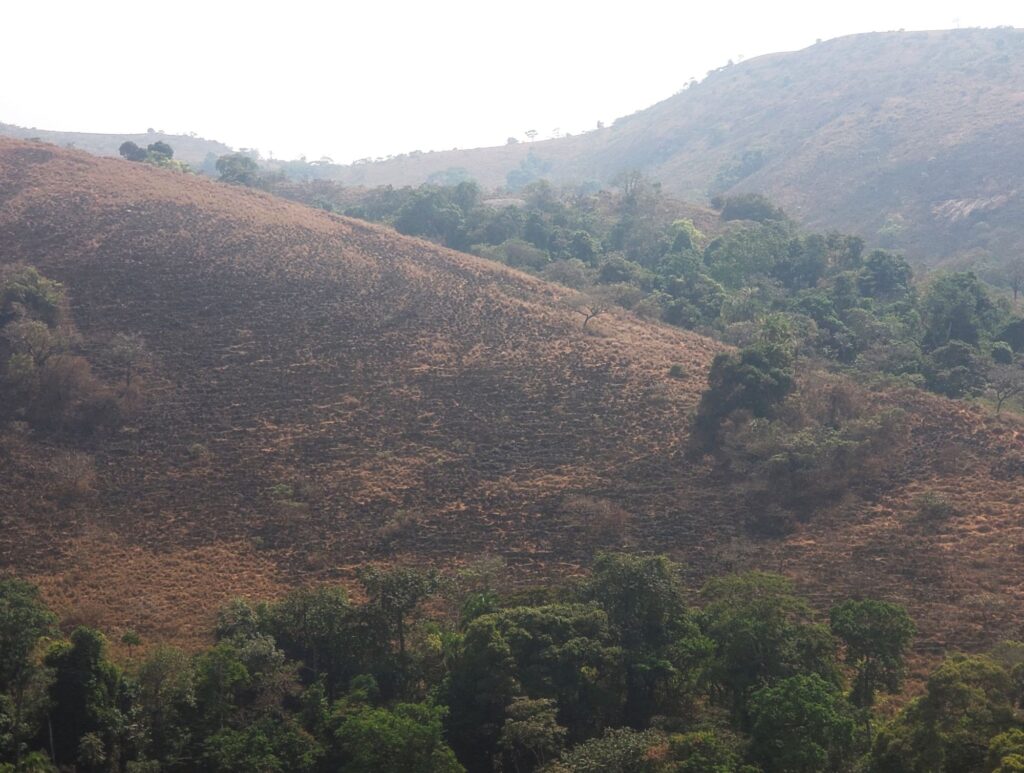
Beyond their medicinal value, mahogany trees play a vital ecological role. They provide habitat for several wildlife species. Scientists refer to the mahogany as a keystone species that supports entire ecosystems. Mature trees help mitigate climate change by absorbing up to 40 pounds of carbon dioxide annually, and they release sulfur compounds that can help cool the atmosphere. Additionally, A 2021 study by Fadilah et al. found that mahogany significantly enhances the quality and quantity of water beneath its canopy, a crucial ecosystem service in an era of growing water insecurity.
Despite this, mahogany is falling faster than it can regenerate. Years of logging, shifting agriculture, and wildfires have taken a toll on its density. Today, the Mahogany remnants in Mount Mbam are mostly confined to riparian zones; forests along streams, rivers, and waterfalls.
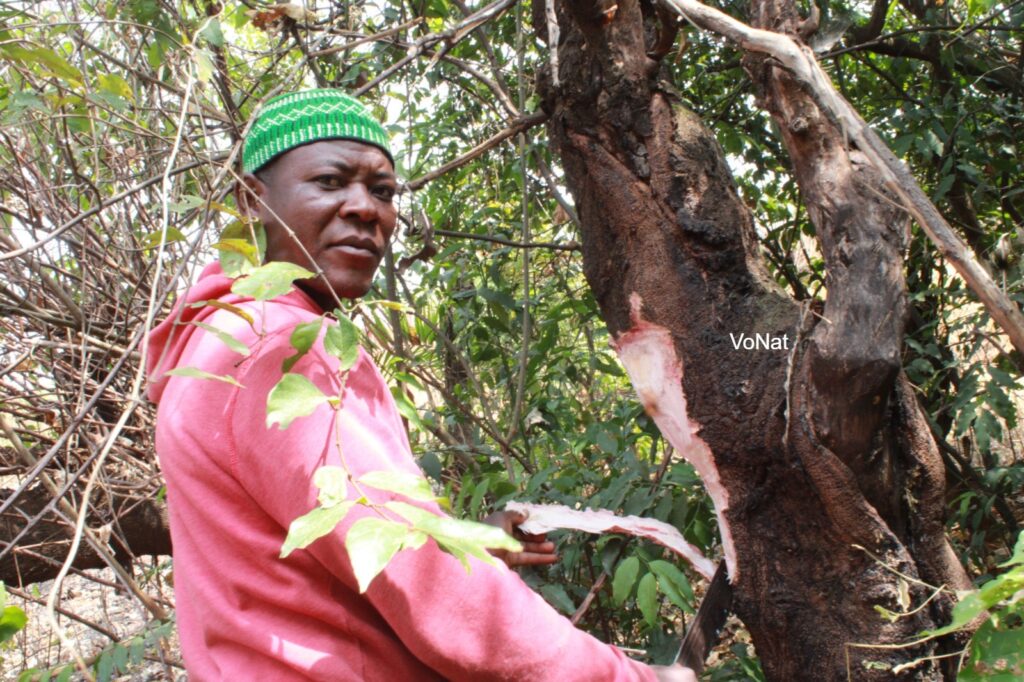
“Trees are now mainly found near water bodies. The rest of the landscape is severely degraded,” Shancho added.
A report from the Timber Legality Risk Dashboard indicates that Cameroon has lost over 2 million hectares of tree cover in recent years. Among the most affected species is the African mahogany, which has already been severely depleted in areas like Mount Cameroon National Park. Mount Mbam now appears to be following the same trend.
Preserving the mahogany species is imperative, yet it remains a daunting task. The trees are slow-growing, requiring decades to mature. Safeguarding them means contending with illegal logging, wildfires, and the pressure to clear land for agriculture, as many families still rely on farming for their livelihoods. Voice of Nature (VoNat), which has since February 2025 been mapping restoration sites and options for the landscape, is elaborating a large-scale restoration and conservation programme for the Mount Mbam Area dubbed the VoNat Community First Conservation, Restoration & Livelihoods Development Initiative. This initiative will undoubtedly enhance the restoration and sustainable management of Mahogany across the Mount Mbam landscape.
By Jabi Katy Chale
